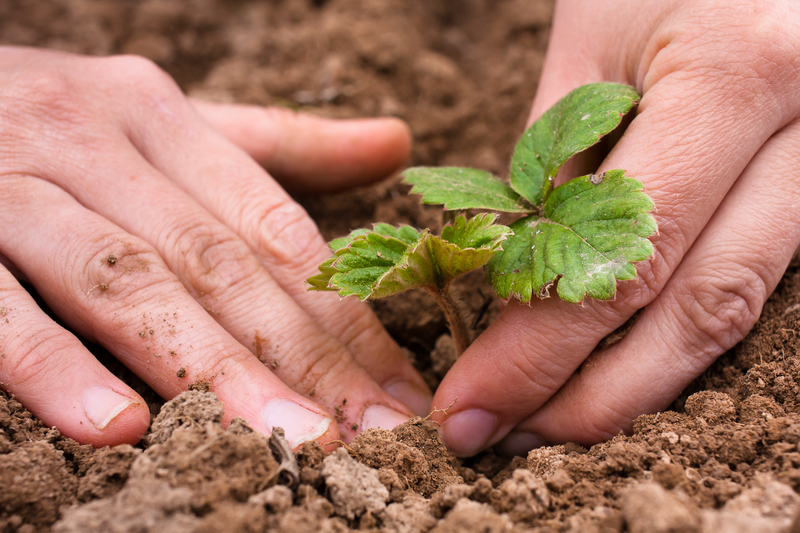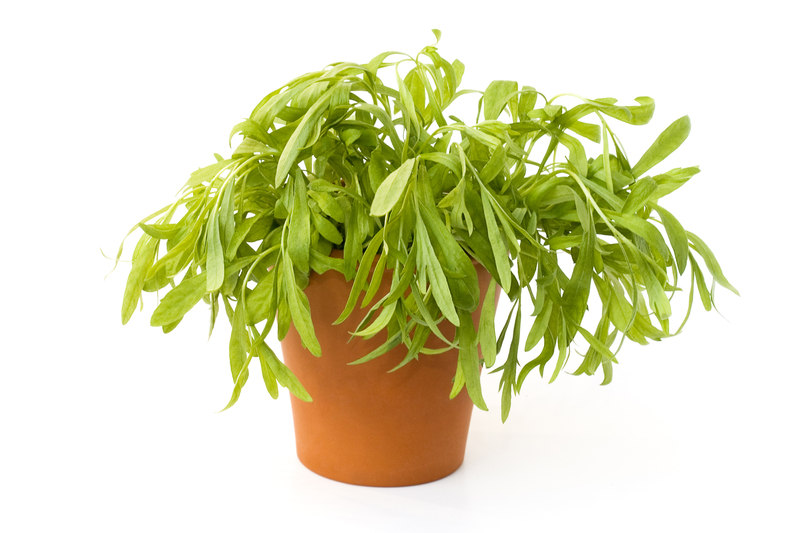Designing Gardens with Allergy Relief
Posted on 13/08/2024
Gardening is a rewarding hobby that connects people with nature, but for those suffering from allergies, it can be challenging. Designing gardens with allergy relief in mind involves selecting the right plants, adapting landscaping techniques, and implementing best practices to minimize allergenic triggers. This guide explores ways to create a beautiful, allergy-friendly garden that promotes both health and pleasure.
Understanding Plant Allergens
Plants can produce a variety of allergens, primarily through pollen. While some plants are more allergenic than others, choosing the right types and managing your garden effectively can significantly reduce exposure. Common allergenic plants include ragweed, birch, oak, and certain grasses.

Choosing Allergy-Friendly Plants
Selecting plants with low allergenic potential is the first step in designing a garden with allergy relief in mind. Opt for plants that are pollinated by insects rather than wind, as these are less likely to release pollen into the air. Some recommended allergy-friendly plants include:
- Begonia
- Geraniums
- Hydrangeas
- Tulips
- Roses
- Hostas
These plants are not only lower in allergenic pollen but also add beauty and color to your garden.
Garden Layout and Design Tips
The layout and design of your garden can play a crucial role in minimizing allergens. Consider the following tips:
1. Location of High-Allergen Plants: If you cannot avoid high-allergen plants, place them far from living areas, walkways, and windows to minimize exposure.
2. Use Hardscape Elements: Incorporate features like decks, patios, and pathways that do not produce pollen and can help reduce areas that collect allergens.
3. Install Water Features: Water features like ponds or fountains can enhance your garden's aesthetic while also helping to trap pollen.
4. Plant Dense Hedges: Use dense hedges or solid fences to act as barriers against airborne pollen from neighboring gardens or areas.
Maintaining Your Allergy-Friendly Garden
Ongoing maintenance is key to keeping your garden allergy-friendly. Regular gardening tasks can be performed in ways that minimize allergen exposure:
1. Timely Pruning: Prune plants before they bloom to reduce pollen production.
2. Regular Weeding: Weeds can be significant pollen contributors. Regular weeding helps keep them under control.
3. Mulching: Apply a thick layer of mulch to prevent weed growth and reduce the amount of pollen that reaches the air.
4. Watering: Water your garden in the early morning or late evening to settle pollen and reduce airborne particles.
Pros and Cons of Allergy-Friendly Gardens
Creating an allergy-friendly garden comes with its own set of advantages and drawbacks:
Pros:
- Reduced allergy symptoms: Carefully selecting and managing plants minimizes allergens, providing comfort to allergy sufferers.
- Enhanced well-being: Spending time in a low-allergen garden promotes physical and mental health.
- Aesthetic appeal: Allergy-friendly plants can be just as beautiful and diverse as any other garden selection.
Cons:
- Limited plant choices: Focusing only on allergy-friendly plants may reduce the variety of species available.
- Intensive maintenance: Keeping an allergy-friendly garden requires regular upkeep.
- Initial design effort: Planning an effective allergy-friendly garden takes time and research.
Tips for Allergy Sufferers
For those particularly sensitive to allergens, consider the following tips:
- Wear Protective Gear: Use gloves, masks, and long sleeves when gardening to reduce skin contact and inhalation of pollen.
- Shower After Gardening: This helps remove pollen that may have adhered to your skin and hair.
- Monitor Pollen Counts: Check local pollen forecasts and plan gardening activities on days with lower counts.
- Limit Exposure Time: Spend shorter periods in the garden, especially during peak pollen seasons.

Key Takeaways
1. Choose low-allergen, insect-pollinated plants to reduce airborne pollen.
2. Design your garden with hardscape elements and strategic plant placement to minimize allergen exposure.
3. Maintain your garden diligently through pruning, weeding, mulching, and appropriate watering techniques.
4. Weigh the pros and cons of an allergy-friendly garden and take additional measures to protect yourself from allergens.
Conclusion
Designing a garden with allergy relief in mind requires thoughtful planning and ongoing maintenance. By selecting appropriate plants, using smart landscaping techniques, and following best practices, it is possible to create a serene and beautiful garden that minimizes the discomfort of allergies. With a little effort, everyone - even those with sensitivities - can enjoy the therapeutic benefits of gardening.





 Certified and experienced landscapers
Certified and experienced landscapers



 Get a Quote
Get a Quote